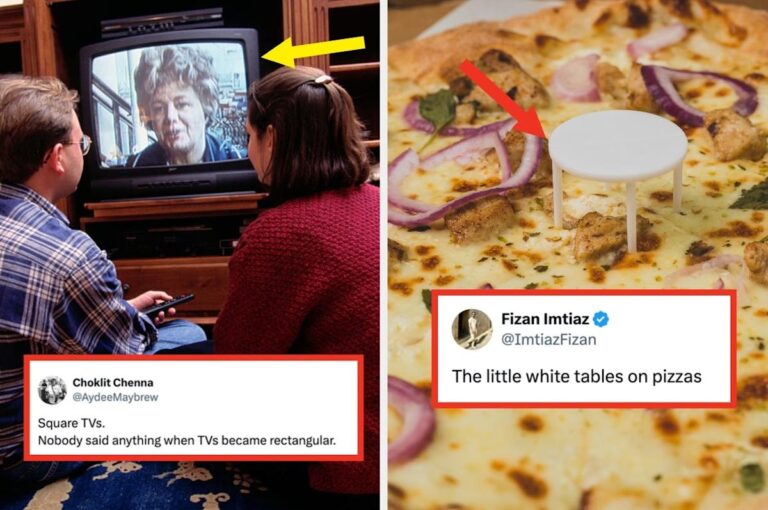20 Years of Change: What Has Disappeared Without Us Noticing?
Over the past two decades, various elements of our everyday life have gradually faded away, often without us realizing it. A thought-provoking question posed by @NostalgiaFolder sparked conversations about these unnoticed changes. Here, we dive into some fascinating responses that highlight what has slipped from our daily routines and cultural landscapes.
The Evolution of Technology: Square TVs to Streaming Services
One prominent change that many people reflected on is the disappearance of square TVs. Once a staple in households, televisions have evolved into sleek, flat-screen rectangular models, marking a new era in visual entertainment. This transformation is emblematic of broader technological advancements affecting how we consume media, with streaming services taking precedence over traditional broadcasting.
A Shift in Entertainment: Farewell to 20+ Episode Sitcom Seasons
Another significant change is the decline of sitcoms with 20 or more episodes per season. In the past, networks would produce lengthy seasons filled with varied content. Nowadays, shorter seasons dominate, catering to the binge-watching habits of modern audiences. This shift represents our evolving viewing preferences as we gravitate toward convenience and immediate gratification.
Fast Food’s Changing Landscape: Dollar Menus and Real Fruit
Fast food has also been impacted, with the iconic dollar menu becoming a rarity. The affordability that defined popular chains has diminished, leading to increased scrutiny over menu prices. Additionally, the inclusion of real fruit in fast food meals has been noticeably reduced, as convenience often takes precedence over quality in today’s fast-paced world.
Nostalgia for the Past: From Ticket Stubs to Greatest Hits Albums
The nostalgia for physical items is also evident in the decline of tangible ticket stubs and greatest hits albums. As digital formats have taken over, these once-common artifacts of our experiences have been relegated to memory. It raises fundamental questions about how these losses affect our connections to shared experiences and cultural moments.
Changing Social Norms: Fixing Tires and Home Phones
On a personal level, skills like changing a flat tire have become less common, with many relying on roadside assistance due to advancements in car technology. Furthermore, the prevalence of home phones has drastically waned, with mobile phones becoming the standard communication device. This evolution reflects our growing dependence on technology to manage everyday tasks.
Environmental Changes: The Decline of Lightning Bugs
Beyond technology and culture, environmental changes have also shaped our experiences. Lightning bugs, once a common sight in summer evenings, are becoming increasingly rare. Their decline serves as a poignant reminder of our changing ecosystems and the need for conservation efforts to preserve natural wonders.
Remembering the Little Things: Mints, Playgrounds, and Public Spaces
Finally, the simple joys of life, like complimentary mints at restaurants and playgrounds at fast food venues, are disappearing. Public third spaces, once hubs of community interaction, are also on the decline. These changes prompt us to reconsider the small details that significantly contribute to our social fabric and everyday happiness.
In conclusion, the gradual disappearance of these elements over the past 20 years signifies a shift in our societal norms, cultural practices, and environmental realities. While we may not notice these changes in our daily lives, they quietly shape the world we inhabit and the experiences we cherish. As we move forward, it’s essential to reflect on what we may be losing and find ways to preserve the aspects of life that hold meaning for us.
